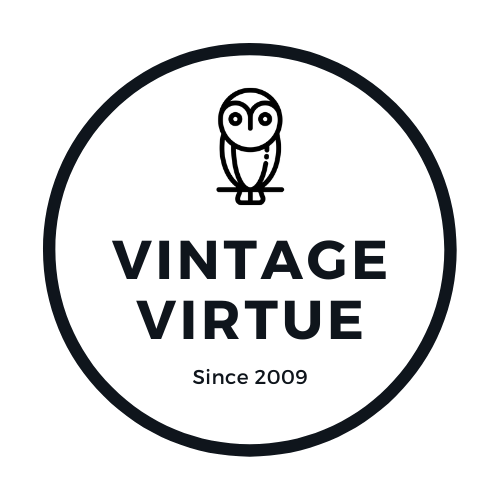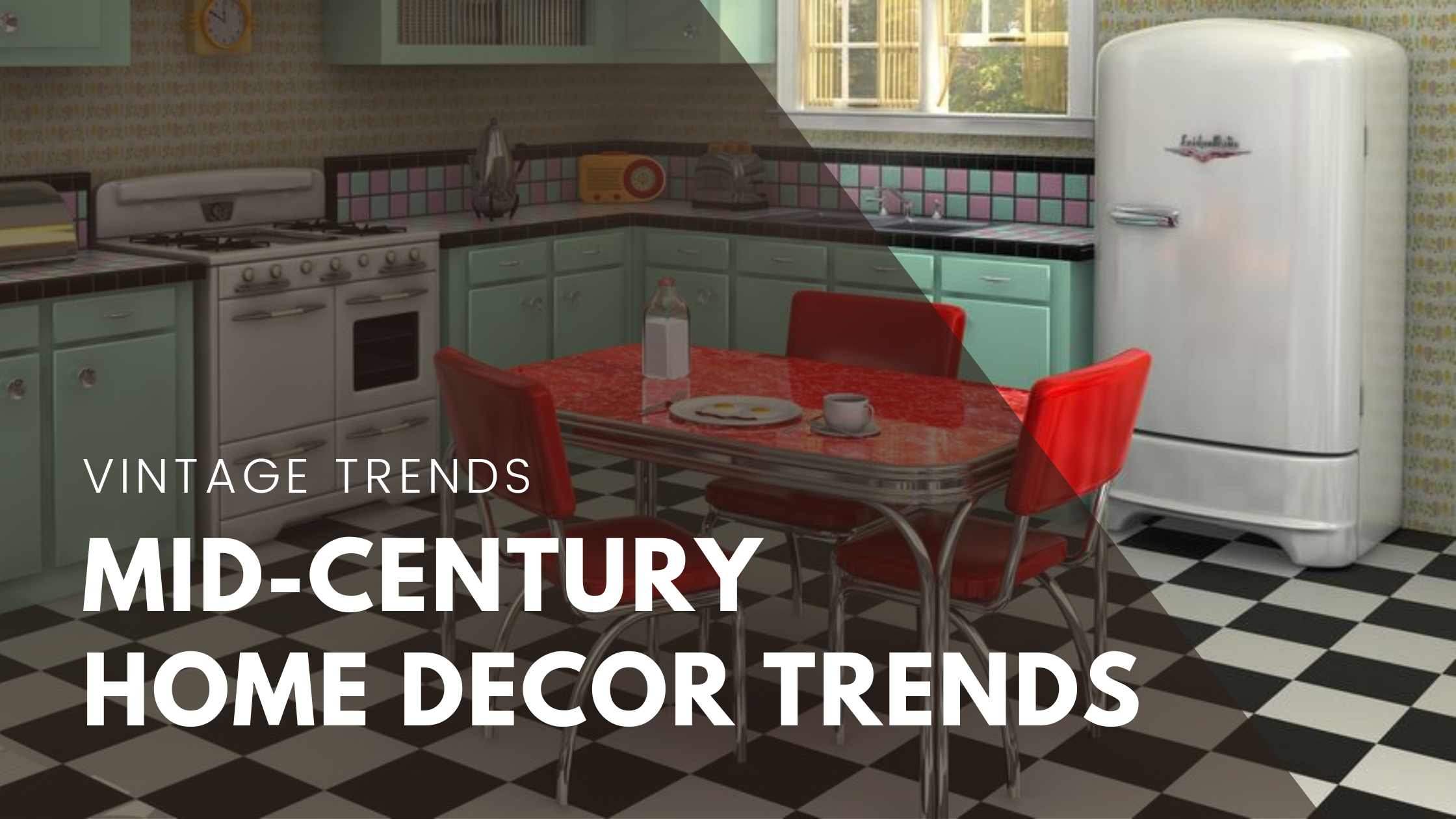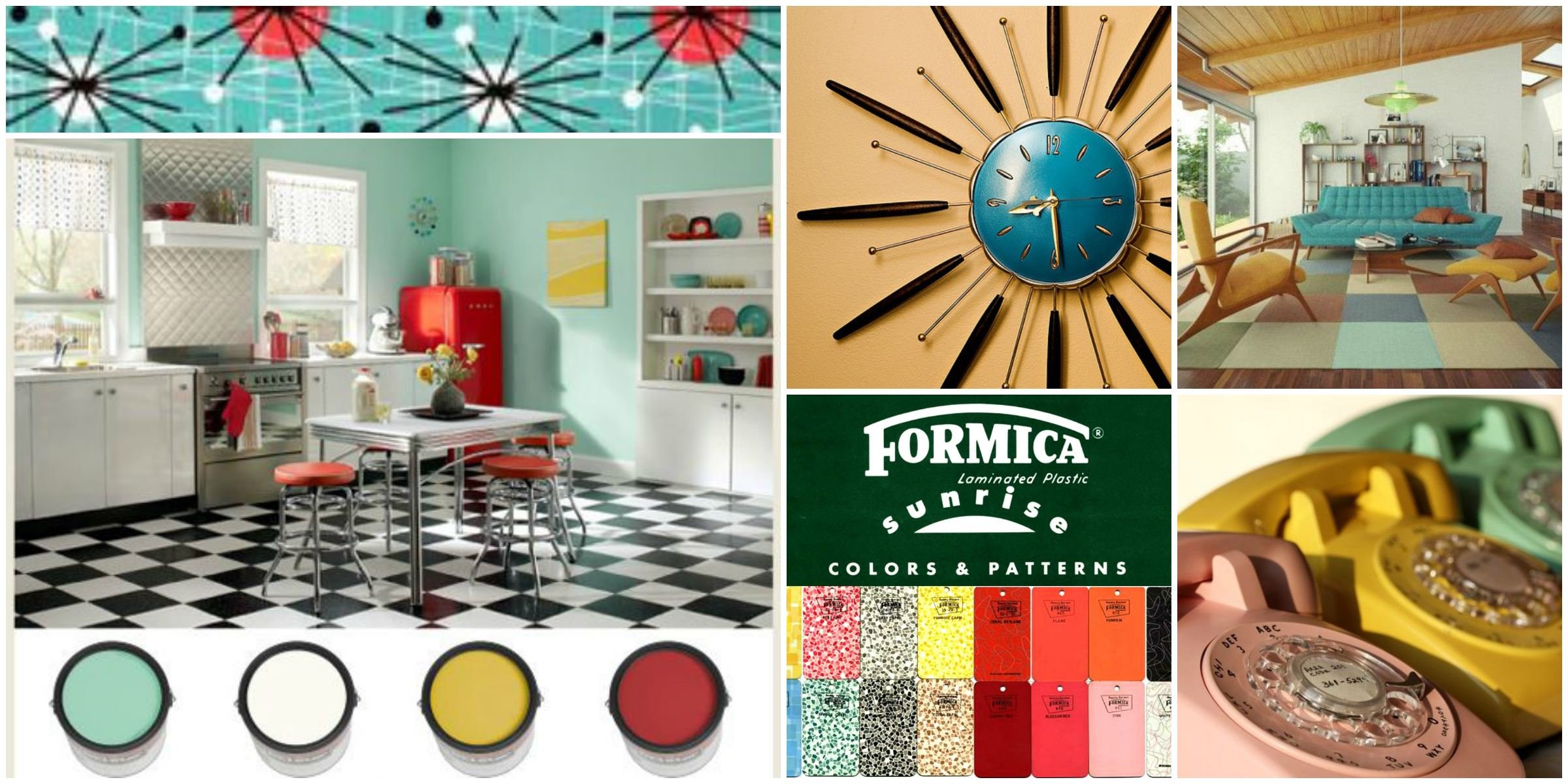Mid-Century Home Décor Trends of the 1950s
The pastel color palette may be the first thought that comes to mind when thinking about 1950s home décor trends. There wasn't a single look in home décor through the 1950s. Still, contemporary influences such as space travel and car styles also came into play. Several spanned diverse trends, such as atomic age design, modern Scandinavian influences, and Hawaiian inspirations (Tiki). The 1950s was also a time of extreme color schemes, from all-pink bathrooms to bold black-and-white kitchens.
General Décor Trends
The 1950s saw a design movement inspired by Mid-Century Modern, characterized by clean, simple lines. Atomic shapes and space-age themes were also popular - Formica countertops with atomic designs were the must-have item.
Western-style décor was also a trend in boys' bedrooms and living rooms. This style was strongly influenced by TV cowboys like Gene Autry and Roy Rogers, who made waves on screens across America.
1950s Kitchens Trends
Pastel colors were all the rage; pink, turquoise, pale yellow, mint green, and light blue were the most prevalent color choices. Linoleum was the flooring material of choice in many kitchens and bathrooms due partly to the variety of patterns and color options Armstrong had introduced. The kitchens were quite colorful, including the appliances. The most stylish color choices of the decade were Stratford Yellow, Cadet Blue, Turquoise, Woodstone Brown, Sherwood Green, and Canary Yellow. Formica countertops were also quite prevalent, with 1 in 3 new homes built using this material.
Popular Themes and Motifs
PASTELS
Pastel colors were huge in 1950s décor; kitchens and bathrooms were the two rooms most noted for the proliferation of the pastel color scheme. Kitchen tables and chairs came in pastel blue, pink, and yellow, often with a matching checkerboard floor. Pink-tiled bathrooms with tubs to match were accented with black, pale green, or blue accessories. Many of these pastel-decorated gems have survived in homes across the country today.
BOLD CONTRAST
Another trend in 1950s-era decorating, especially in the kitchen, was the bold contrast between colors. Typical color schemes included black and white checkerboard floors, entirely black and white kitchens, or black, white, and red used together. However, not as common as black, white, and red, bright yellow was also used in high-contrast color schemes. Beyond the home kitchen, his trend was seen in bathrooms and diner-style restaurants.
EARTHTONES
As the modern style of Scandinavian furniture became the stylish choice, specific colors came with these predominantly wood furnishings: olive green, bone white, pale gray, and sky blue. The combination of sky blue and olive green was often used together, for example, blue walls paired with olive green sofa cushions. The power of pink, though, could not be denied since even in earth-tone color schemes, light pink accents would appear in upholstery, curtains, and wall accents.
ATOMIC MOTIFS
The Atomic era brought in an expanded color range that included bright shades, pastels, and earth tones. These vibrant colors reflected the hopeful attitude of looking to the future for inspiration. Textiles often featured four or five colors simultaneously, usually in the iconic Atomic boomerang shape. Polynesian and Hawaiian-inspired designs also came into vogue, featuring hand-drawn, geometric shapes in shades of orange, yellow, or pale turquoise.
FABRICS
Fabrics came in bold designs featuring stars, stripes, checks, and polka dots. Graphics inspired by space and science included planets, galaxies, and the ubiquitous Atomic boomerang used for wallpaper, tablecloths, curtains, and upholstery fabrics.
A tight-woven heavy cotton fabric called "bark cloth" became available in various contemporary designs such as fruit, flowers, and abstract compositions. Bark cloth was used in every home area, from l curtains to upholstery and tablecloths.
FURNITURE
Furniture in the '50s covered a vast array of styles, from traditional, comfortable furniture to modern wood pieces with a clean line to space-age organic shapes like boomerang-shaped coffee tables.
Vinyl, chrome table and chair sets with Formica tops were fashionable and durable. Laminated plywood furniture bent into comfortable curved shapes, known now as the "Eames" style, was influenced by designer Charles Eames' revolutionary designs. Home bars became a big trend as the emphasis became on entertaining at home. Homeowners had a lot more leisure time allowing for new types of picnic and outdoor furniture to be developed in modern, space-age fabrics.
FLOORING
The linoleum had been considered a dull, practical flooring option until the 1950s when it was restyled by makers such as Armstrong, making it a colorful and dynamic option. It was now available in vibrant colors and bold patterns in paint colors and fabrics. Linoleum tiles placed in alternating color patterns made the black-and-white and red-and-white checkered floors possible. It was advertised to be used in nearly every room in the house.
Despite the new interest in linoleum, hardwood became a popular flooring material. Carpets were standard floor accents for ages, but the wall-to-wall carpet was a new concept and became available in various colors and textures.
The décor style trends of the 1950s featured an explosion of creativity, from bold colors and patterns to innovative materials and furniture designs. These trends helped capture the spirit of the times, with families seeking to make their homes feel more modern, cozy, and inviting. While certain trends, like the classic mid-century modern, remain timeless, others have since gone out of style with changing tastes and preferences. Ultimately, 1950s décor style trends may have been pioneering, but they remain inspiring. As we look upon them today, these influential designs remain a reminder of our collective journey and of the necessary innovation it takes to keep our homes and our lives feeling fresh and inviting. As one vintage advertisement proclaimed, it pays to look ahead—even when you look to the past.




